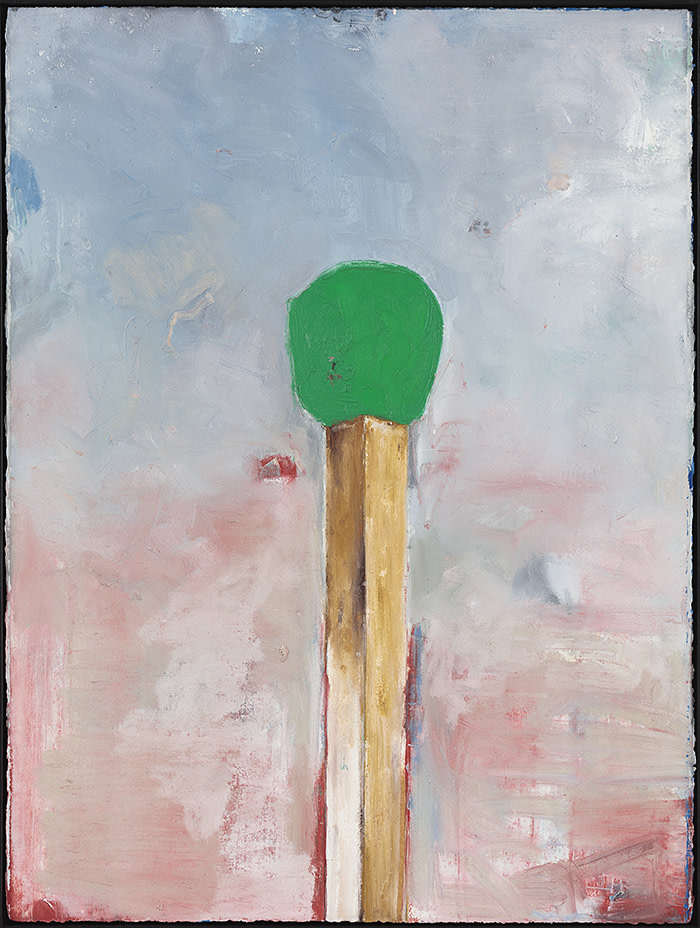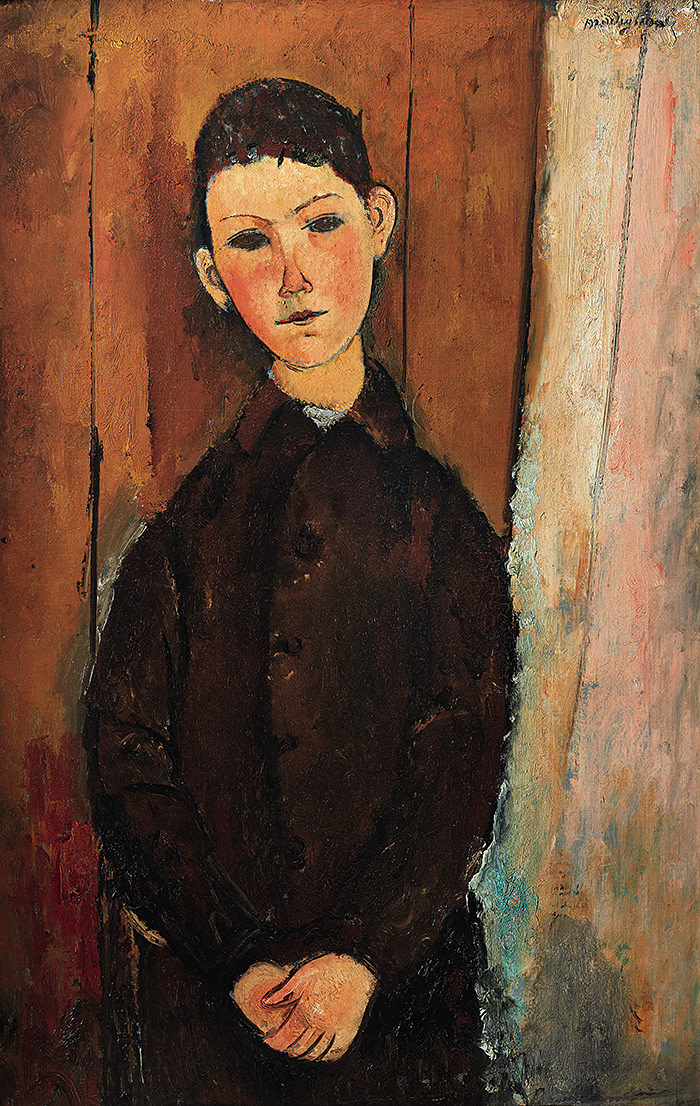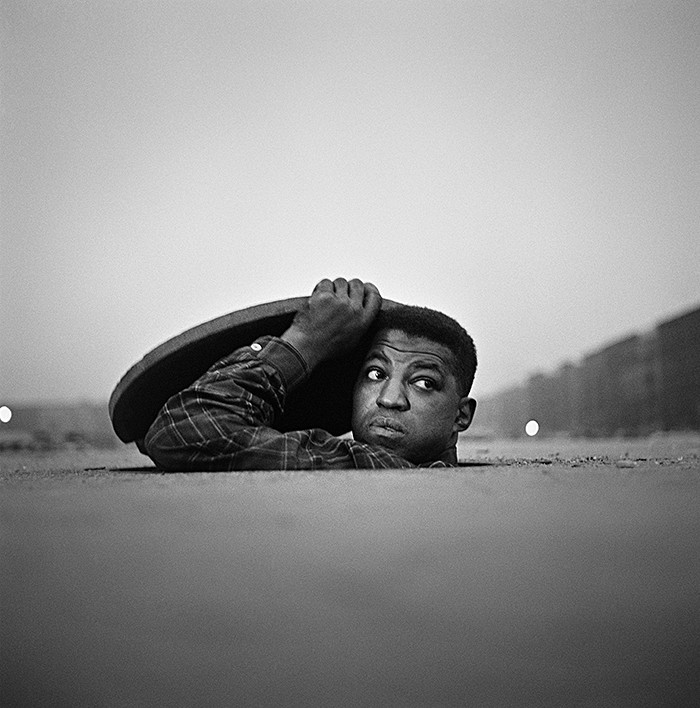Online shows at David Zwirner gallery — virtual selling is the real deal

Roula Khalaf, Editor of the FT, selects her favourite stories in this weekly newsletter.
David Zwirner gallery reveals some details about the performance of its Online Viewing Room, a sales channel opened in January 2017. Elena Soboleva, the gallery’s director of online sales, notes that the number of virtual exhibitions planned for the next year will match the 30 shows at David Zwirner’s five bricks-and-mortar galleries in New York, London and Hong Kong. “It will always be a hybrid model. But online is where collectors are spending their time,” she says.
Overall, Zwirner’s viewing room sales were up 200 per cent since May 2018, Soboleva says. She would not quantify revenues but says that their top 10 most expensive works had sold in locations where the gallery does not have a physical space. Virtual viewing now also rivals art fairs as a way to meet customers: 52 per cent of online inquiries come from newcomers. “It’s a different audience: everything is more available, and you don’t have to worry about a waiting list [for artists’ works],” Soboleva says.
To coincide with its booth at Art Basel next week, the gallery opens Basel Online (June 10-23), selling 19 works with a total value of about $5m. These include the priciest work it has offered this way — Yayoi Kusama’s stainless steel “Pumpkin” (2015) for $1.8m — as well as sought-after paintings by Harold Ancart (2018, $45,000) and Carol Bove (“Anima” sculpture, 2018, $200,000).
Gagosian gallery, which has run two online salerooms pegged to major art fairs since last year’s Art Basel, is not offering the channel this time around. Instead the gallery brings its first pop-up exhibition of abstract art to Rheinsprung, near Basel’s Les Trois Rois hotel (June 10-16).
There are relatively thin pickings for this season’s Impressionist and Modern auctions in London but Sotheby’s has had a last-minute boost to its June 19 auction: Amedeo Modigliani’s “Jeune homme assis, les mains croisées sur les genoux” (1918), estimated at £16m-£24m. The work has been owned by the same family since it was bought from the dealer Léopold Zborowski in 1927. The unidentified sitter marks Modigliani’s shift from his bohemian Paris circle (including Zborowski) to portraits of local workers after he left the capital for the south of France at the end of the first world war. “It’s an archetypal Modigliani, but on a human level,” says Helena Newman, chairman of Sotheby’s Europe.
Modigliani’s female sitters generally sell for the highest amounts, particularly when naked: his reclining nude of 1917 was the highest-priced work at auction last year at $157.2m (with fees). The top price paid for a male portrait was for “Le fils du concierge”, also painted in the south of France in 1918, at $31.1m (with fees) back in 2006.
This season’s Modigliani is one of only 25 works in Sotheby’s evening offering, but the auction house is pitching its slim sale as “smallish but perfectly formed” (total estimate £87.5m-£126.3m). Average lot value is £3.5m, which is high for London. Other big-ticket works include Claude Monet’s “Nymphéas” (1908), offered with an auction house guarantee for £25m-£35m, the highest estimate of the week. Christie’s equivalent auction on June 18 fields 34 lots with a total estimate of £66.7m-£93.8m and an average lot value of £2m.

Goodman Gallery, one of South Africa’s leading contemporary art dealers, is opening in London this autumn and becomes the first gallery to take a space in the redeveloped Cork Street Galleries, completed at the beginning of the year. Gallery owner and director Liza Essers says she has been “seriously looking” in London for the past two years — she opened an office in Marylebone in May — and that she has taken in “more than 50” potential venues. She chose Cork Street partly because of its long art-dealing history, to which she hopes to bring a “new perspective”, as well as the high-spec nature of her 5,730 sq ft space across the ground floor and basement. “It can accommodate vast video installations and performance pieces. It’s rare to find such a fresh, dynamic and well-located space in London.”
She is taking an optimistic view of Brexit. “Of course it was something I thought about, but we have a roster of international artists committed to confronting entrenched power structures, so that could be interesting for London right now.” Goodman’s artists include William Kentridge, Alfredo Jaar and Shirin Neshat.
A statement from the Cork Street Galleries landlord, the Pollen Estate, says that negotiations with other “internationally renowned” dealers are under way.
Minority ethnicity and female artists continue to gain gallery representation, gradually redressing the imbalance in the art market. For Art Basel, the London gallerist Alison Jacques brings three works ($20,000-$50,000) by her latest signing, Gordon Parks (1912-2006), who was the first African American photographer and writer on the staff of Life magazine. Jacques plans a Parks solo booth for Frieze Masters in London (October 3-6) and a gallery exhibition in 2020. She shares representation with New York’s Jack Shainman.
Pace Gallery now formally represents the American-born painter Jo Baer (b1929) who, says gallery president Marc Glimcher, is “a deeply underground genius”. Her work is rare — only about 100 minimalist paintings and a couple of dozen from her later more figurative works exist — and paintings by Baer from the 1960s (priced from $500,000) are in a show that opened at Pace in London on Friday, alongside works by fellow female abstract artists Mary Corse and Agnes Martin (At the Edge of Things, until August 14). Pace takes over Baer’s representation from Art Agency, Partners (AAP), the advisory firm owned by Sotheby’s.

Follow @FTLifeArts on Twitter to find out about our latest stories first. Subscribe to FT Life on YouTube for the latest FT Weekend videos

Comments